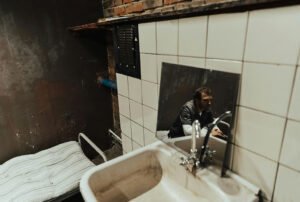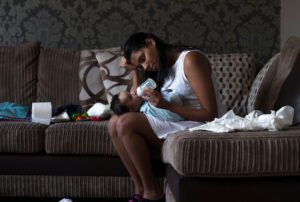November 11, 2016; Forbes
As the cost of healthcare, particularly in hospitals, continues to skyrocket, a few are exploring alternative methods of providing high quality care for lesser costs. One nonprofit in particular is reintroducing a method of care from decades ago: home visits from doctors.
When Dr. William Terry arrived at Boston’s Brigham and Women’s Hospital with violent chills and a high fever, emergency room staff determined he needed hospital care. Instead of being admitted, however, Dr. Terry became part of a study where he would receive the same care at home, including at least one home visit from his doctor plus two nurse visits every day.
The Brigham and Mass. General studies are limited to patients living within five miles from the hospital who present with heart failure, pneumonia, chronic obstructive pulmonary disease, or infections. (Terry’s chest x-ray showed a “suspicious spot.”) The study is focusing on these conditions because patients do not normally require intensive care or major procedures.
Sign up for our free newsletters
Subscribe to NPQ's newsletters to have our top stories delivered directly to your inbox.
By signing up, you agree to our privacy policy and terms of use, and to receive messages from NPQ and our partners.
The preliminary results of the Brigham study were published in a recent issue of JAMA Internal Medicine. Patients were found to suffer from lower infection and readmission rates. The cost savings was an average of $2,000 per patient as compared to a hospital stay. More importantly, patients receiving care at home reported feeling happier. Perhaps that is not surprising, given hospitals’ reputations for awful food, harsh lighting, loss of privacy, snoring roommates disturbing sleep, and nurses on a schedule that works for the hospital system rather than the patient. The list goes on.
The study is part of a larger movement led by Hospital at Home, a program created by the Johns Hopkins School of Medicine and Public Health. Their research found the model lowered costs by almost a third and reduced complications of hospital stays. Surprisingly, the first study of these types of programs was conducted in 1997, leaving a supporter to describe the treatment plan as the “most studied innovation in health care.”
Although common in England, France, and Australia, in-home care is not widespread in the U.S., mainly because most insurance companies and Medicare do not cover it. Many of the treatment providers, such as Brigham and Women’s Hospital, are picking up program costs. New York City’s Mount Sinai Hospital is part of a $9.6 million, three-year similar study funded by the Centers for Medicare and Medicaid Services.
Overall, due to technology and revolutionary research, plus the emerging population health and wellness reimbursement structure of the Affordable Care Act, medical care is shifting. As research and technology has disrupted once-deadly diseases like HIV-AIDS and we continue to live longer and healthier, some are describing the hospital of the future as a “NASCAR pit-stop.”—Gayle Nelson













